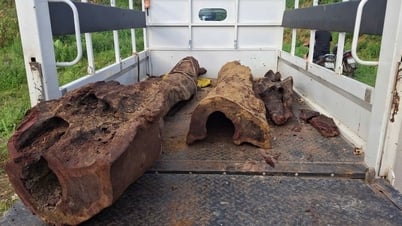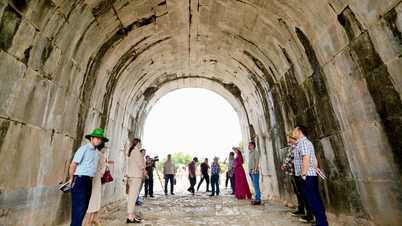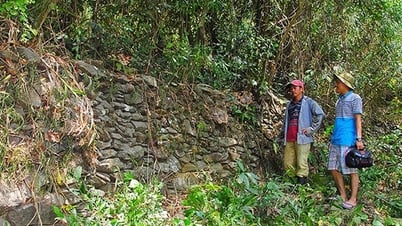In a cave at the Robberg technical complex, overlooking the ocean on the southern coast of South Africa, archaeologists have discovered thousands of stone tools. They were made by ancient people between 24,000 and 12,000 years ago, as the Earth was coming to the end of the last major ice age. Sea levels were lower then because much of the Earth’s water was held in glaciers and ice caps, and what is now the South African coast lay several miles inland.
Instead of being located on high cliffs close to the sea as they are today, the Robberg caves were once located near wide, open plains, with large animals like antelopes that required humans to invent new tools and weapons to hunt. And by examining the small details on the chipped edges of the stone blades and flakes, archaeologists have learned how these tools were made.

Core fragments from prehistoric stone tools. Source: Sara Watson
Sara Watson, a postdoctoral researcher at the Negaunee Center for Integrative Studies at the Field Museum in the United States and lead author of the study, said she was particularly interested in the large pieces of stone from which the tools were carved, called core stones, because they reveal the specific methods and order of operations people used to create the tools.
As a result, she and her colleagues discovered that the method of breaking core stones into small blades found in the Robberg caves was also found hundreds of miles away, including in Namibia and Lesotho. The same pattern of miniaturizing core stones to produce the same type of tool was repeated many times, Watson said, suggesting that the ancients were intentionally teaching each other the technique rather than just randomly sharing it.
Such techniques also suggest that Paleolithic humans may have achieved a greater level of sophistication than previously thought. And the fact that seemingly similar tools have turned up in widely separated locations suggests that people from the same group may have been able to teach each other their skills or absorb knowledge from outside.
The research was published in the Journal of Paleolithic Archaeology.
DOI: 10.1007/s41982-025-00214-5
Anh Tho
Source: https://baotanglichsu.vn/vi/Articles/3099/75380/nguoi-tien-su-dja-chia-se-ky-thuat-tao-tac-cong-cu-voi-nhau.html


![[Photo] Special flag-raising ceremony to celebrate the 135th birthday of President Ho Chi Minh](https://vphoto.vietnam.vn/thumb/1200x675/vietnam/resource/IMAGE/2025/5/19/1c5ec80249cc4ef3a5226e366e7e58f1)




![[Photo] Party and State leaders visit President Ho Chi Minh's Mausoleum](https://vphoto.vietnam.vn/thumb/1200x675/vietnam/resource/IMAGE/2025/5/19/d7e02f242af84752902b22a7208674ac)







































































![[VIDEO] - Enhancing the value of Quang Nam OCOP products through trade connections](https://vphoto.vietnam.vn/thumb/402x226/vietnam/resource/IMAGE/2025/5/17/5be5b5fff1f14914986fad159097a677)








Comment (0)